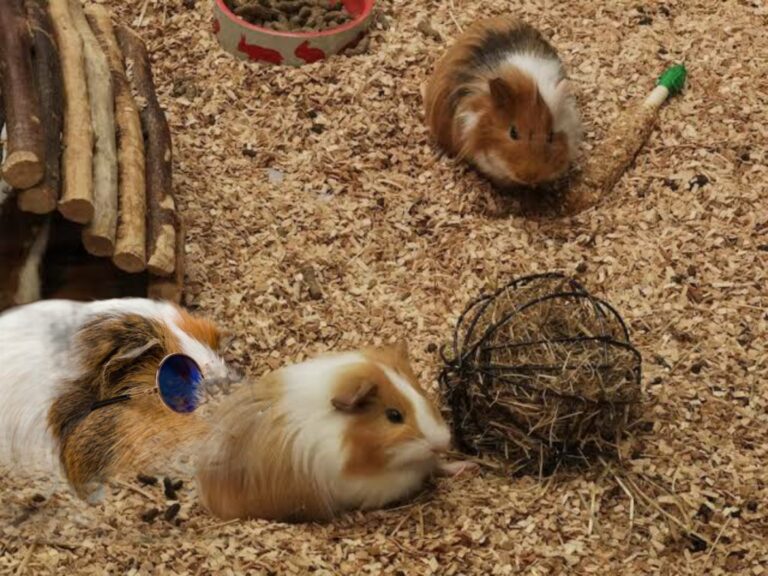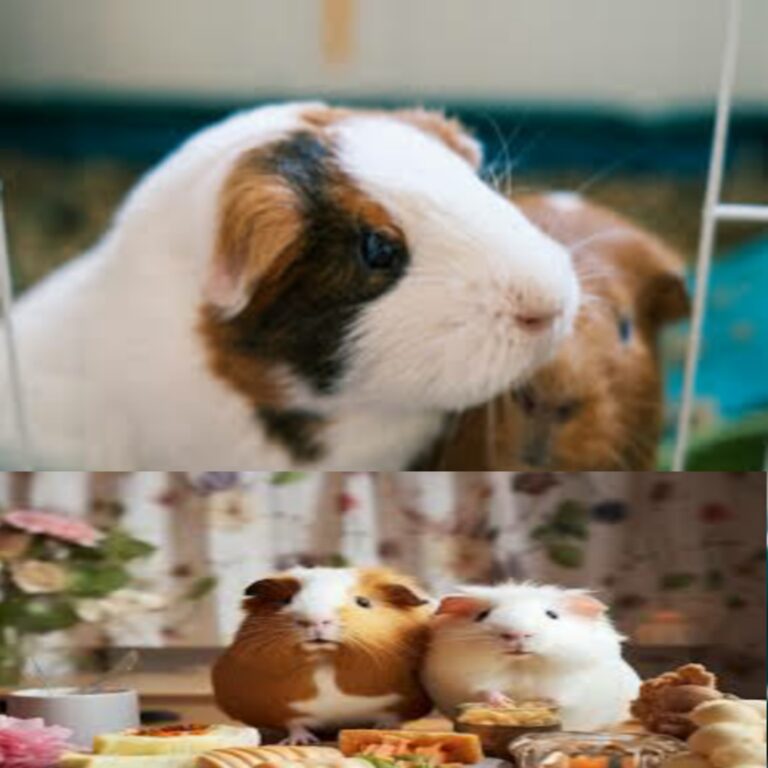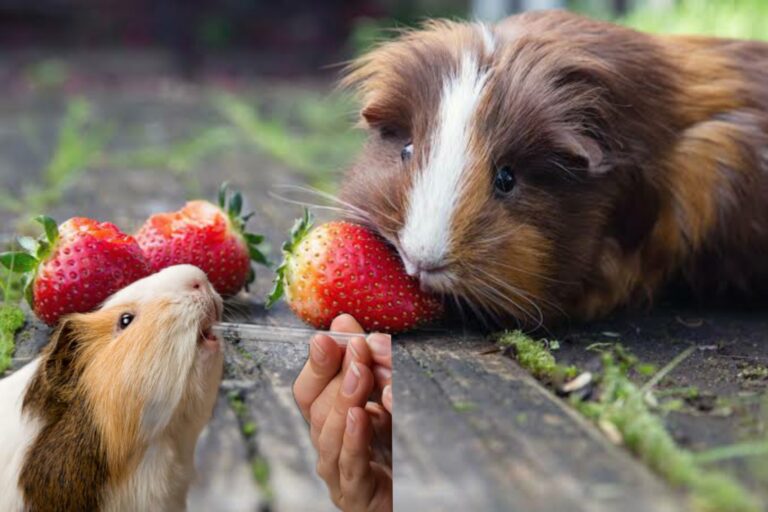
Welcome to our exploration of guinea pigs, those charming little creatures that have captured the hearts of many around the world. Here, we will dive into their rich history, learn how to care for them, and discover their cultural significance.
A Journey Through Time
Guinea pigs, scientifically known as Cavia porcellus, originated in the Andean mountains of South America. They were domesticated over 7,000 years ago by indigenous people, who valued them not only as a food source but also in various ceremonies and rituals. The story of guinea pigs is intertwined with ancient Andean civilizations, particularly the Incas, who held them in high regard. These small rodents were considered sacred and often featured in religious ceremonies. They were even mummified and buried with nobility to accompany them into the afterlife.
The Role of Guinea Pigs in Culture
Beyond their spiritual significance, guinea pigs served practical purposes for the indigenous people. They provided a reliable source of protein, especially in regions where larger livestock were not available. Their small size and rapid reproduction made them a sustainable food source. When Spanish conquistadors arrived in South America in the 16th century, guinea pigs were introduced to Europe, where they gained popularity as pets and laboratory animals.
Today, guinea pigs are cherished companions in households worldwide. They are loved for their gentle nature, playful behavior, and unique vocalizations, earning them the nickname “cavies.” Their history as both spiritual symbols and practical sustenance has evolved into a role as beloved pets.
Guinea Pigs in Scientific Research
Guinea pigs have also played a significant role in scientific research. Their small size, docile nature, and ease of care made them ideal subjects for early experiments, particularly in physiology. They have contributed to important discoveries, such as the understanding of vitamin C’s role in preventing scurvy. Their unique physiological characteristics, such as similarities in cardiovascular and respiratory systems to humans, have made them valuable in various studies.
Understanding Their Natural Habitat
In the wild, guinea pigs are native to the grassy areas, meadows, and shrublands of the Andean mountains. They thrive in social groups, known as herds, which provide protection against predators and contribute to their overall well-being. Their natural habitat offers a diverse diet of fresh grasses, herbs, and the occasional vegetable. Understanding their natural environment helps us replicate it in our homes, ensuring they lead happy and healthy lives.
Caring for Your Guinea Pigs
To provide the best care for your guinea pigs, start with a spacious cage that allows them to move and explore. Use safe bedding, such as hay or fleece liners, and avoid harmful materials like cedar and pine. A balanced diet is crucial, primarily consisting of high-quality hay, fresh vegetables, and specially formulated guinea pig pellets. Always provide fresh, clean water.
Guinea pigs are social animals, so it’s best to keep at least two together to reduce stress and loneliness. Regular grooming is essential to keep them healthy, and they should have opportunities for exercise and play in a safe, enclosed area. Maintain a clean living environment by regularly cleaning their cage and providing a stimulating atmosphere with toys and hideaways.
Cultural Significance Today
Guinea pigs continue to hold cultural significance in various regions, particularly in the Andean area. They are often featured in traditional festivals and rituals, symbolizing abundance and prosperity. While they are cherished as pets in many parts of the world, they also remain a traditional food source in some South American cultures, where dishes like cuy (roasted guinea pig) are considered delicacies.
Conclusion
As we reflect on the journey of guinea pigs, we see a rich tapestry of history, care, and cultural significance. From their ancient roots in the Andes to their roles as beloved pets today, guinea pigs have left a lasting mark on our hearts and cultures. Whether you are drawn to their historical importance, considering them as pets, or simply intrigued by their cultural roles, guinea pigs offer a delightful journey of discovery.
Thank you for joining me in this exploration. I hope you found this information helpful and inspiring as you learn more about these wonderful creatures. Remember, guinea pigs are not just pets; they are companions that bring joy and affection into our lives.



